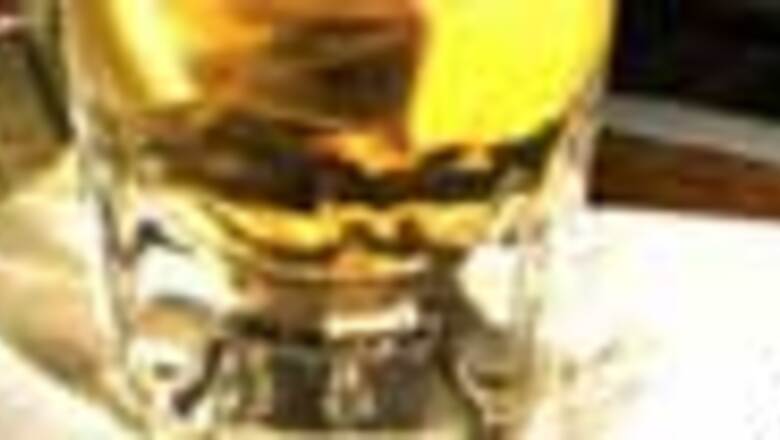
views
Juriquilla: Scientists at Mexico's National Autonomous University are discovering the joys of tequila. While the national drink is well known as an essential component of the margarita it has now been revealed as an ideal source for the creation of diamonds.
Luis Miguel Apatiga, a doctor in engineering of materials, directs an applied physics and technology investigation centre. He and his colleagues have discovered that tequila contains hydrogen, oxygen and carbon in exactly the proportions needed to form diamonds. The recipe also requires the application of extreme heat.
Dr Apatiga had spent many months experimenting with other materials he had theorised might be able to produce diamonds, but then, when alcohol was introduced to the experiments, he hit upon the idea of testing tequila.
"Well one day after a long thought process, I decided to buy a cheap bottle of tequila - not a very good brand - and it was the first one we experimented with. In fact a student was here. We have a student who is preparing his doctorate thesis and I discussed this possibility with him. I said: 'What do you think if we use tequila instead of ethanol and water? Tequila consists of ethanol and water.'"
At first, Apatiga doubted his experiment would work, as other chemical ingredients which give tequila its aroma and flavour, could contaminate the final product but the test was successful.
The experiment consists of injecting very small liquid quantities into a heating system.
"Basically the equipment works at two temperatures. The first is 280°C and that is the temperature we need so that once the tequila is injected into the precursor in its liquid form, it evaporates and then we push that vapour a couple of centimetres further forward into a reaction chamber."
Heating the released vapours from the evaporated tequila at high temperatures causes carbon molecules to separate and form diamonds.
"This chamber is found at 800°C which is a higher temperature to when it evaporated. At that temperature, tequila vapour molecules break apart into smaller fragments and within these fragments, carbon atoms are found."
The tiny diamonds are then placed on silicon trays. Diamond films are durable and heat resistant and can be used to create cutting utensils.
"The primary application one could think of is to use it as a cutting tool, which would be one of the applications. As we are obtaining it in fine layers, we could use it to cover scalpels, drills or any cutting tool and we would have a practically eternal material. It would last a long time," Apatiga said.
It would also be possible to make electronic circuits from these diamonds.
"If you add impurities it is possible to turn the material (diamond) into semiconductors and then a fan of opportunities would open up because we are not only talking about computer chips but basically any electronic device and optic-electronic device, which is a device that responds to light," he added.
While tequila may have proven far more versatile than previously thought, it's unlikely to produce jewellery-quality diamonds any time soon.




















Comments
0 comment